CSRD: Understanding Double Materiality
The Corporate Sustainability Reporting Directive (CSRD) marks a significant step forward in how companies report on sustainability. One of its key features is the concept of double materiality, which is poised to transform corporate reporting by expanding the scope of what companies must disclose.
But what exactly is double materiality, and why is it so important?
What is Double Materiality?
Double materiality is a concept introduced in the CSRD that requires companies to consider and report on both financial and environmental/social impacts.
Traditionally, materiality in financial reporting focuses solely on information that could influence investors’ decisions.
Double materiality broadens this perspective by adding a second dimension: the impact of the company’s activities on society and the environment.
Financial Materiality
Financial materiality remains a critical component, requiring companies to disclose information that affects their financial performance and position. This includes risks and opportunities related to sustainability that could impact the company’s value, such as regulatory changes, market shifts, and resource availability.
Environmental and Social Materiality
Environmental and social materiality, the other dimension of double materiality, compels companies to disclose how their operations impact the environment and society. This encompasses a wide range of factors, such as greenhouse gas emissions, resource usage, labor practices, and community relations. Companies must report on their contributions to climate change, biodiversity loss, human rights issues, and other societal impacts.
What is the Importance of double materiality?
The introduction of double materiality is a game-changer for corporate sustainability reporting. Here are some key reasons why it is important:
Holistic Reporting
Double materiality promotes a more comprehensive view of a company’s impact, encouraging transparency about both financial and non-financial factors. This holistic approach ensures that stakeholders, including investors, customers, employees, and communities, receive a fuller picture of a company’s performance and impact.
Enhanced Risk Management
By considering environmental and social impacts, companies can better identify and mitigate risks. For instance, a company heavily reliant on water resources might identify risks related to water scarcity and take steps to manage them, thereby safeguarding both its operations and the surrounding communities.
Improved Accountability
Double materiality holds companies accountable for their environmental and social impacts. This accountability drives companies to adopt more sustainable practices, leading to positive changes in their operations and contributions to global sustainability goals.
Informed Decision-Making
Investors and other stakeholders can make more informed decisions based on comprehensive data. Understanding both the financial and non-financial impacts of a company’s activities enables better assessment of long-term viability and ethical considerations.
What are the implementation challenges?
While the benefits of double materiality are clear, its implementation poses several challenges:
Data collection and reporting
Collecting accurate data on environmental and social impacts can be complex and resource-intensive. Companies need robust systems and processes to gather, analyze, and report this information.
Standardization
Standardizing the metrics and methodologies for reporting on double materiality is crucial. Consistent and comparable data ensures that stakeholders can accurately assess and compare companies’ sustainability performance.
Regulatory compliance
Adapting to new regulatory requirements under the CSRD requires significant effort. Companies must stay informed about evolving regulations and ensure their reporting practices comply with the latest standards.
Conclusion
The concept of double materiality under the CSRD represents a significant shift in corporate sustainability reporting. By requiring companies to consider both financial and environmental/social impacts, it promotes a more comprehensive and transparent approach to reporting. While the implementation of double materiality comes with challenges, its benefits in terms of holistic reporting, risk management, accountability, and informed decision-making make it a crucial element of modern corporate governance.
As companies adapt to these new requirements, they not only enhance their sustainability practices but also contribute to a more sustainable and equitable world. The concept of double materiality is here to stay, driving the future of corporate reporting and sustainability.

Fabrice Delobette
Sustainability and CSR populizer for worldwide human beings
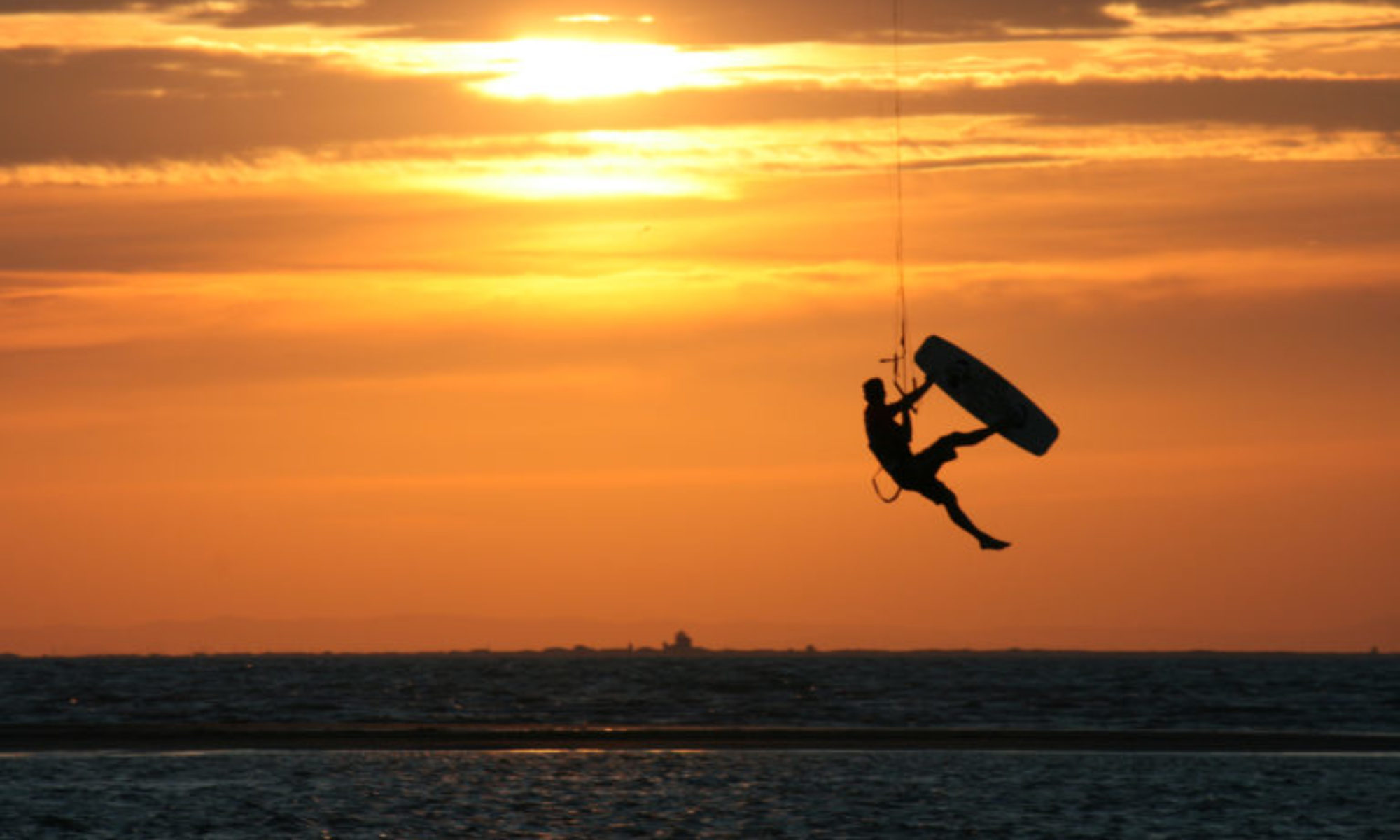


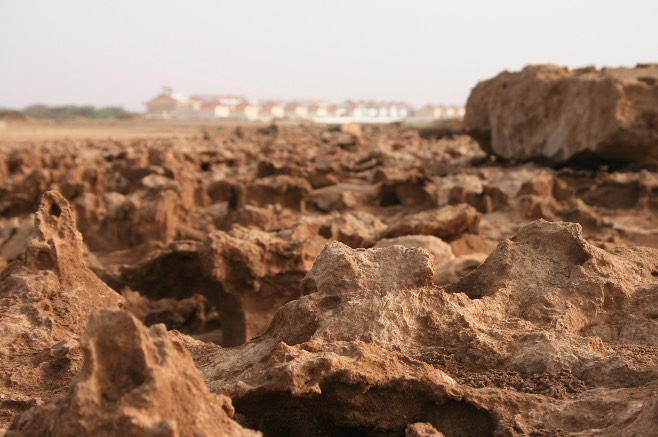
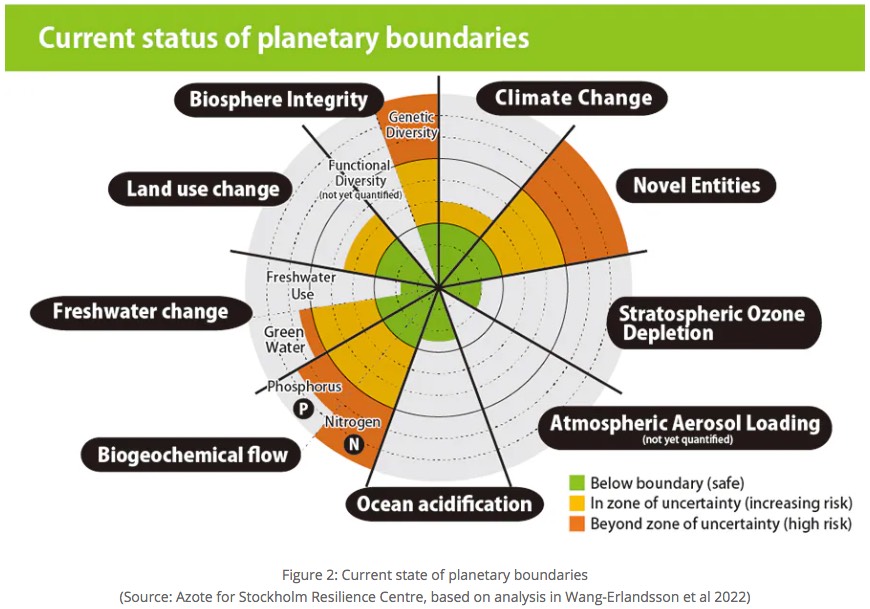









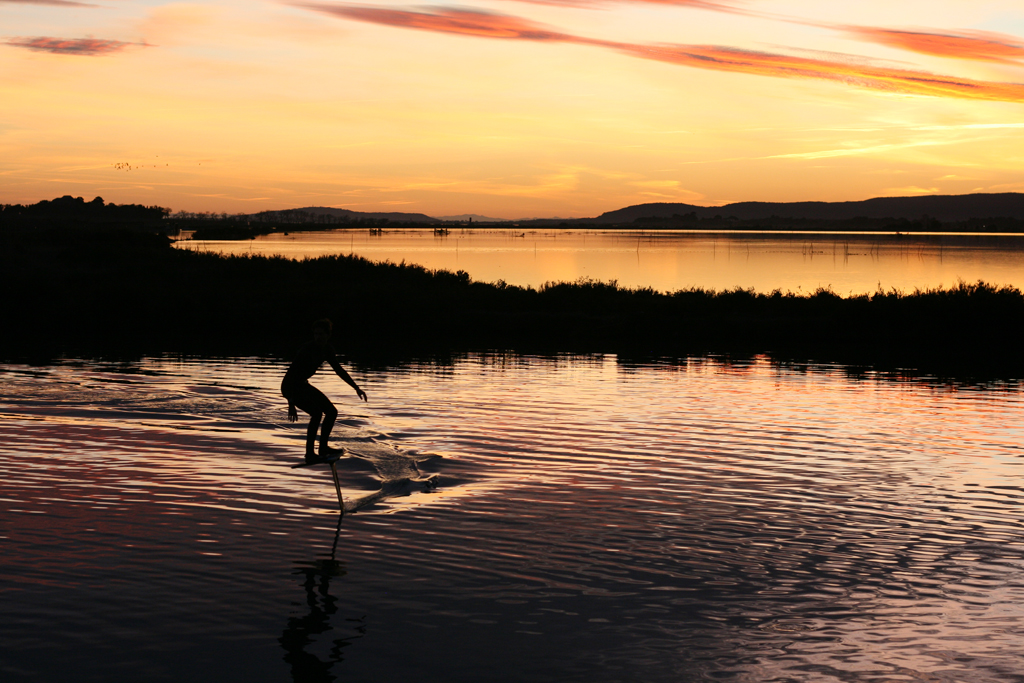

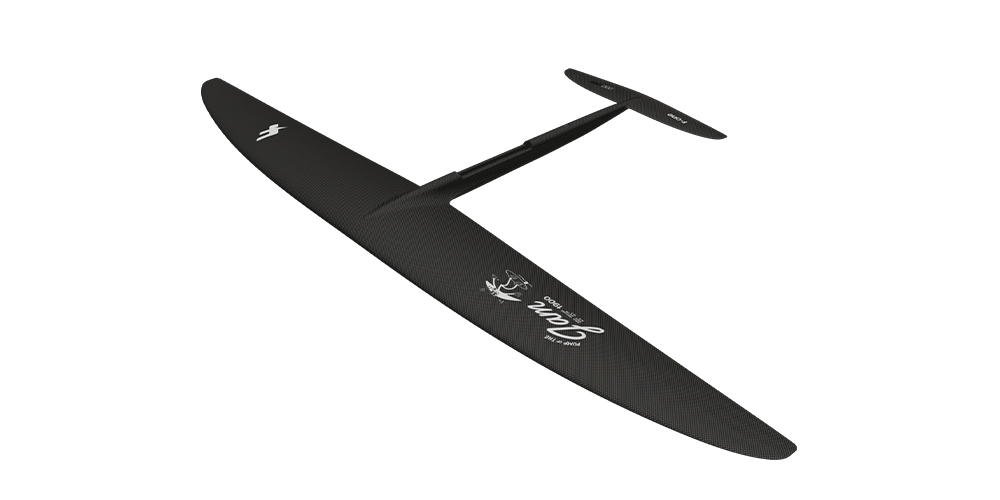

 Fabrice Delobette, photographer
Fabrice Delobette, photographer


































































































































































































































































































































































































